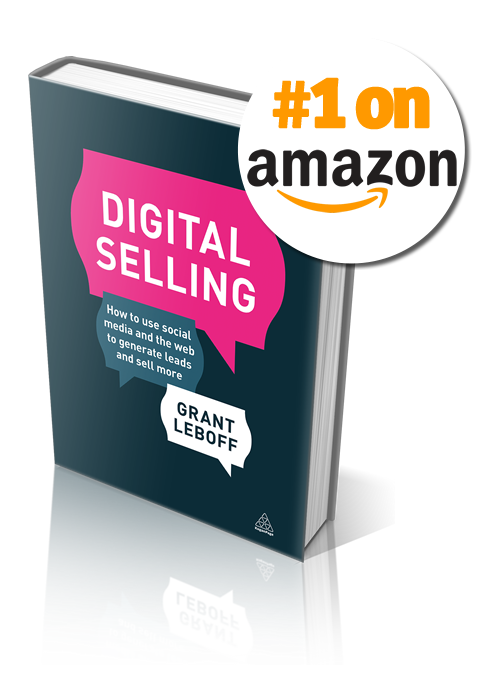About this video
Turbo charge your content production.
Video length: 2:52
Dave Harries: Grant I have a secret yearning, I’ve always had, to run a museum actually and be a curator so I was particularly pleased to see in your book you talk about something about content curation. My great opportunity has arrived. Tell me what that is in this context.
Grant Leboff: You’re absolutely right to use the museum analogy because that’s where it comes from. The idea is, is that the museum curator, as you all know, will take a lot of the artifacts they have and put them out in a way that makes sense to the visitor.
I went to the Imperial War museum with my kids, two of my kids, and we went there and they had a World War One exhibit as it were and it was beautifully done and really well done. It kind of told a story and took you through a narrative and no doubt there were artifacts that weren’t put out but they chose which ones, the curator of the museum to tell a story. Of course a curator is an expert.
The idea is when you need volume of content, you don’t have to write it and create it all. There will be content out there that’s been written by the people, put together by the people but is really relevant for your audience. The idea of curation is just re-posting something saying look at this is okay but if you can curate content. In other words, if you can take an article and perhaps write an introduction paragraph to it and say, to your audience, this is really interesting and this is why, for them, what you’re doing is creating content. You’re taking content that already exists and making it relevant and interesting for your particular audience which means that there’s more value to it and it resignates better. That can be done by still accrediting the original writer and the original generator of that content. There’s no copyright issues there.
Curation’s a very, very useful device because it’s a way of engaging and creating volume of content without having to do it all yourself. It might be that you e post one article a week but really you want three articles a week to go on your website or to go out to your audience but you could curate a couple of the other articles. For example. So, curation is very nice technique.
The reason I talk about curation is it’s not just about retweeting something. I’m not saying you should never do that but this is a little bit more considered. You’re taking something and saying to your audience this is why it’s relevant. In so doing really increase the value that article has.
Dave Harries: Presumably, perhaps, a good example of that would be a news letter where you kind of point people at different articles around the web that you’ve spotted. That’s presumably classic curation.
Grant Leboff: Yeah. Exactly right. You may be a lawyer for example and you may say to your particular audience these are some of the changes, some of the interesting things that are happening at the moment of which you should be aware. You might take those articles from other places and point them in that direction. That summary, that brief if you like could be very useful in a particular audience. That’s a good example of where it works.
There may be small changes to the spoken word in this transcript in order make it more readable.


